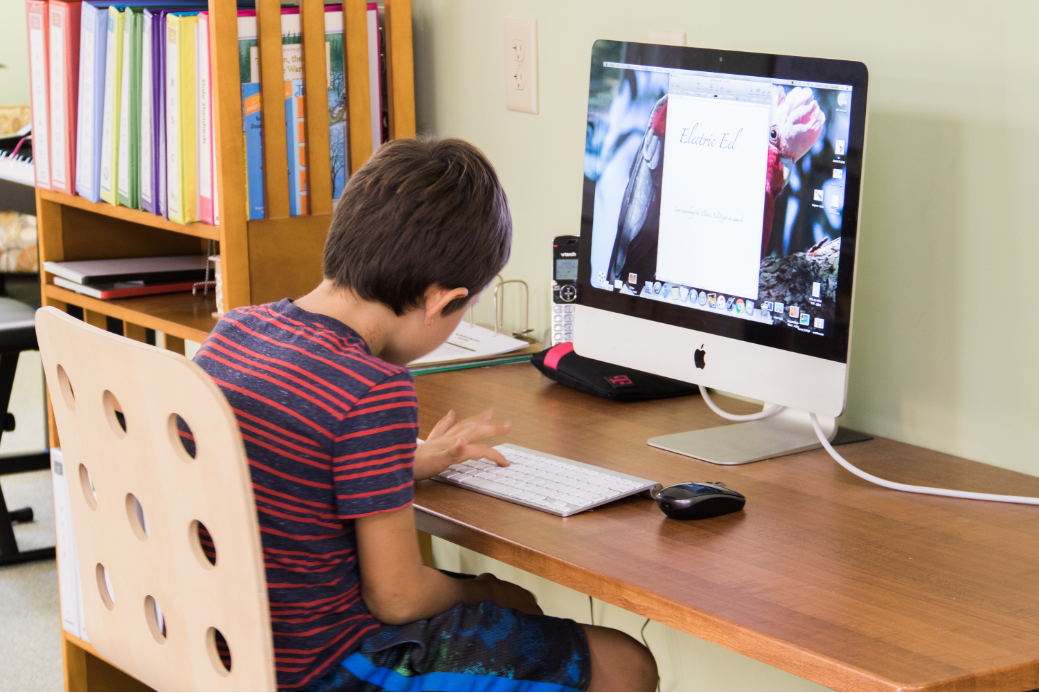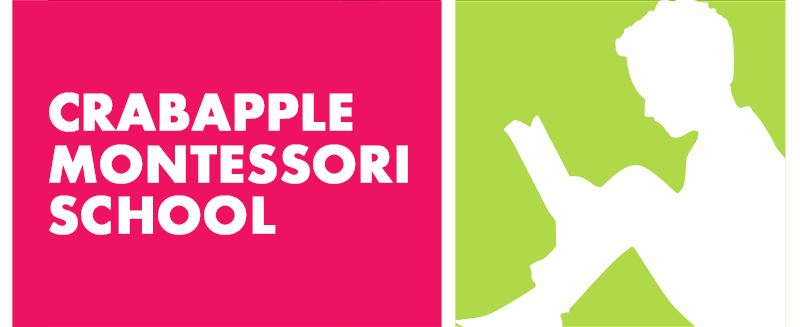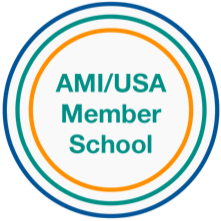

Believe it or not, the concept of technology in Montessori classrooms is a rather controversial one. On one hand, we want our children to be prepared for whatever may lie ahead in this digital age. On the other hand, research is leading us to determine what is best for the health and learning of young children in regards to use of devices.
As Montessorians, one of our first considerations is the developmental phase of the child. Once we have considered what our core values lead us to do, it’s important to take a look at how this lines up with current research findings.
One final point to recognize is how educators might use technology to benefit the learning of their students. Teachers’ use of technology can take on many forms, and there are plenty of options to explore!
Kids & Devices: What Current Research Tells Us
Technology, screens, devices, media: adults are very interested in how these things affect our children. Research is evolving, and our unpredictable future makes it difficult to know what’s best. There are, however, a number of recent studies that are worth noting.
- Use of technology at bedtime negatively affects children. In a 2017 study of 234 children aged 8-17 found that use of technology at bedtime significantly affected both quality and quantity of sleep, as well as elevated body mass index. https://journals.sagepub.com/doi/abs/10.1177/2333794X17736972
- Screen time limits for young children may not be as critical as the media experience itself. Another 2017 study surveyed nearly 20,000 families with children aged 2-5 and found no negative correlation between screen time usage and children’s well-being. What the researchers found to be more important was the rules families created and whether or not parents engaged in media together with their children. https://www.researchgate.net/publication/321787362_Digital_Screen_Time_Limits_and_Young_Children’s_Psychological_Well-Being_Evidence_From_a_Population-Based_Study
- Screen time may affect children’s vocabulary development…or it may not. A 2016 study of 131 children between the ages of 6 months and 3 years determined that time spent reading to a child is likely to increase their vocabulary development, and as long as media time does not interfere, there was no obvious negative result. https://www.tandfonline.com/doi/full/10.1080/17482798.2017.1365737
- Screen addiction is real, but it has less to do with the amount of time your child spends using devices and more about how they use them. 291 mothers of children aged 4-11 completed a questionnaire based on the clinical criteria for Internet Gaming Disorder. Certain behaviors might lead parents to consider their child may have a problem, including interference with daily activities, negative impact on social interactions, and reliance on screens to feel happy. http://psycnet.apa.org/record/2017-51599-001 To learn more about potential screen addiction, this article shares a helpful graphic: https://news.umich.edu/kids-and-screen-time-signs-your-child-might-be-addicted/
Considerations for Older Children
Most of us agree that keeping digital technology out of our primary classrooms is likely the best course of action. But how might older students interact with devices at school in a way that is both healthy and beneficial to learning? Many teachers have started to think of devices as a support material. If a task can be completed without the use of technology, it probably should be. There are times, however, when the use of technology is entirely appropriate for older children.
Greg MacDonald, director of AMI elementary training at the Montessori Institute of San Diego wrote an article entitled Technology in the Montessori Classroom: Benefits, Hazards and Preparation for Life. https://files.eric.ed.gov/fulltext/EJ1112230.pdf In his article he argues that even having a pair of scissors (a variation of a simple machine, and therefore falling under the definition of technology) present as a tool that can be of benefit or danger. There are endless ways a child might use scissors to cut paper in a classroom, but as they are sharp there is always potential for physical harm. We have decided the benefits outweigh the dangers, and we explicitly teach young children how to use and transport scissors safely. MacDonald argues that computers should be viewed in the same way: tools that are of great importance to children’s learning. Of course, there are potential negative effects, but with proper instruction and monitoring, the benefits are far greater.
In general, Montessorians tend to first consider the development of the child, then decide whether a specific task can be completed in the physical/sensorial world. If a child is old enough, and if the goal can only be accomplished by using technology, then it is our duty to help the child learn how to use it responsibly. This approach leads to a rather decreased amount of screen time in comparison to many conventional school settings, but children still have opportunities to interact with technology in meaningful ways when appropriate.
Tech as a Supportive Accommodation
We all know that each child is an individual. Children learn at their own pace and in their own way, and part of our job is to provide them with the tools they need to be successful. Advances in technology are making it easier for children with exceptional needs to participate in regular classrooms in more integrated ways. The examples are far too numerous to list here, but consider the following:
- A child with dysgraphia may struggle with the physical mechanics of writing, but speech-recognition software can help them express themselves.
- E-books can give struggling readers a measure of independence. Certain resources (such as https://www.readinga-z.com/ ) read a book aloud to a student while highlighting the text.
- Older children that are still developing executive functioning skills may utilize digital schedules to help keep track of assignments. These schedules can be accessed and modified by the student, teacher, and in some cases parents.
Invisible Tech
Traditionally, Montessori teachers observe children and record these observations in a notebook. One group of innovative schools are experimenting with tools that may help track student work and collect data more efficiently, all while remaining nearly invisible.
Wildflower Montessori, which got its start in Cambridge, Massachusetts, is testing a system of sensors. Children wear special slippers that are fitted with one pair of sensors, while each material in the classroom contains a hidden sensor as well. The system can measure which child is using which material, and for how long. While there is still lots to learn about these ideas and it’s certainly no replacement for human anecdotal observation, it is a fascinating idea. https://www.edsurge.com/news/2018-11-20-kid-tracking-sensors-may-not-be-the-wildest-thing-about-this-montessori-model
Tools for Educators
Remember how we mentioned Montessori teachers recording their observations in notebooks? While that’s still the preferred method for most, many schools are opting to utilize digital record-keeping systems. Special subscription-based platforms allow teachers to login and record their observations digitally. This helps them analyze data, share data and reports with parents, and help them plan future lessons.
Obviously, considerations for technology in Montessori classrooms are multi-faceted. Perhaps the best way forward is to pay attention to current research while keeping a firm grasp on our proven educational methods.
The post Technology & the Montessori Classroom appeared first on Crabapple Montessori School.
PROGRAMS
CONNECT
COMMUNITY
Crabapple Montessori School
12387 Crabapple Road
Alpharetta, GA 30004


